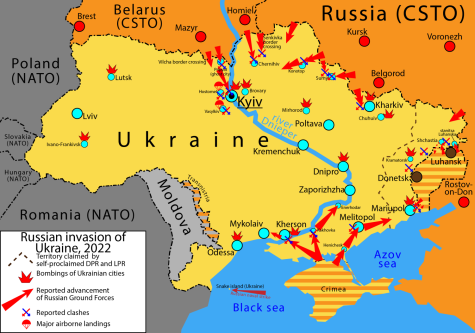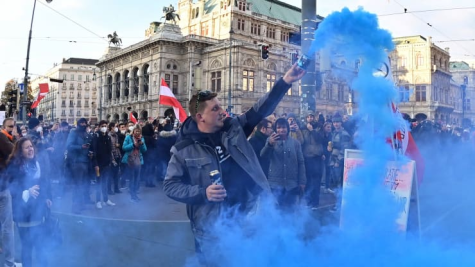The Arctic Polar Vortex
What is it?
The National Oceanic and Atmospheric Administration defines a polar vortex as “a large area of low pressure and cold air surrounding the Earth’s North and South poles”.
A low pressure system is a system where winds blow towards its center in a counter-clockwise spiral. At its center, air rises and water vapor condenses to create clouds and precipitation. Surrounding the polar vortex is the polar jet stream, which is a band of strong air currents blowing from west to east occasionally meandering north and south depending on its strength.

The polar vortex is the result of temperature differences between the Arctic area and regions south of it. These unequal temperatures cause differences in pressure, and wind is creating by air moving from high to low pressure areas. The strength of the jet stream is also dependent of the temperature differences. Stronger jet streams are the result of greater differences in temperature.
Why so cold?
The recent cold weather is the result of the polar vortex weakening and the jet stream meandering. A weak polar vortex is less constrained and it can cause cold air masses to split off from the vortex. These air masses are left to wander south and into North America. A weak polar vortex also means a weak jet stream, which meanders further north and south bringing cold Arctic air to the south.
What is its relation to climate change?
Dr. Jennifer Francis, currently a senior research scientist at the Wood Holes Research Center with a PhD in Atmospheric Sciences, has proposed a connection between climate change and the polar vortex. She sees the possibility that a rapidly warming Arctic could lead to more frequent splits in the polar vortex, and therefore more regular periods of cold weather in North America.
Recent research suggests a link but is inconclusive, however everyone else can be certain that the recent cold weather doesn’t refute the existence of global warming. It may be cold in some parts of the North American continent, but the vast majority of the globe continues to experience temperatures higher than normal.








